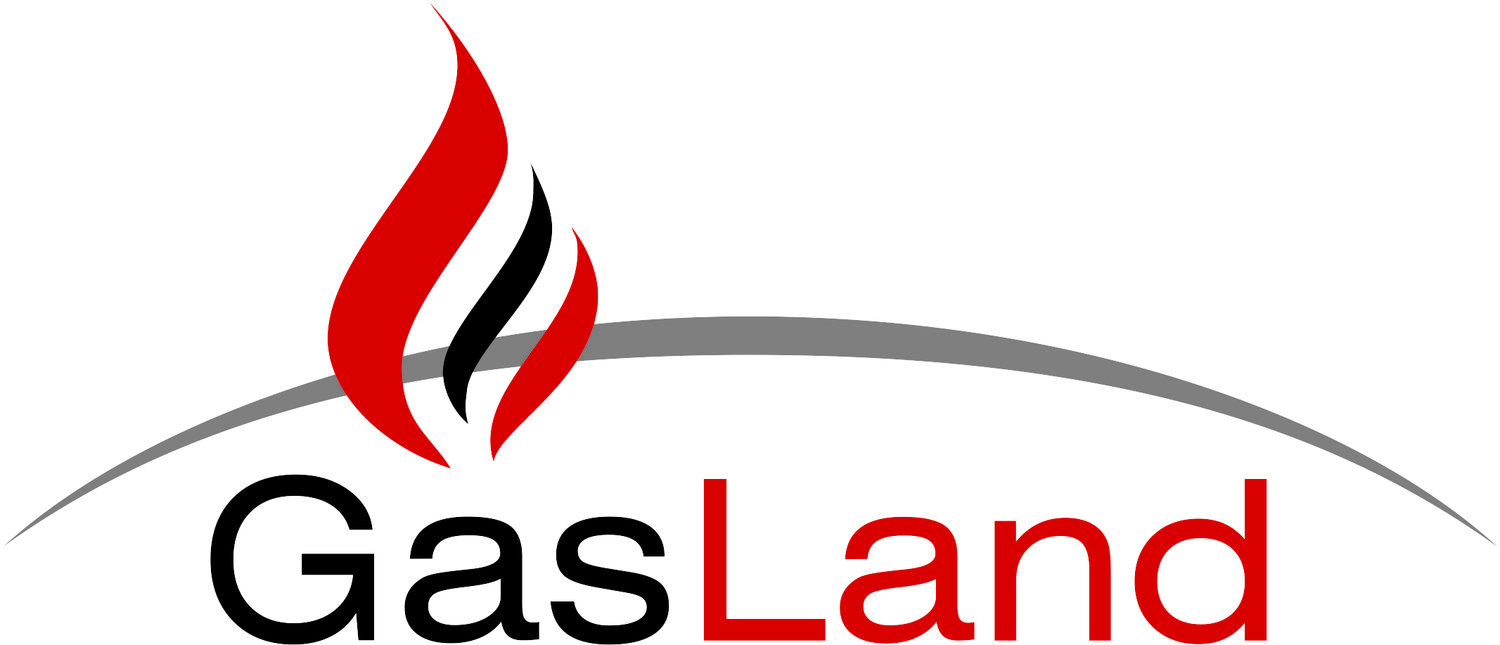Courtesy: ConocoPhillips Website
Making LNG involves liquefying natural gas for storage. To achieve this, first the feed gas must be treated to remove impurities such as CO2 and Water. The goal of the process is to increase methane concentration and to remove all impurities before liquefaction.
Let’s study the main equipment utilized in this process.
1. Auxiliary Oil Heater – This is an important component for the LNG process which provides the initial heat to the gas exchangers.
2. Acid Gas Removal Unit (AGRU): It removes sour gas from the feed gas before it enters the cooling phase.
3. Dehydration: From the AGRU the gas now moves to the dehydration unit where any remaining water is removed so it does not form ice when liquefied.
4. Mercury removal units: It is crucial to remove mercury primarily because of its corrosive nature on aluminum before it enters the cooling stage.
5. Compression: Gas is progressively compressed through the ConocoPhillips Optimized Cascade process. The gas is forced through by one of two independent compressors.
6. Cold Boxes: Propane, Ethylene, Methane are used as the three refrigerants to liquefy the natural gas to liquid. The cooling process takes place in the Cold Box’s within each train. It contains a cryogenic brazed aluminum heat exchanger.
7. Inlet Air Chilling: All the three Curtis Island projects have inlet air chilling on each gas turbine to boost compressor driver power in order to maximize LNG production.
The main highlights of the Optimized Cascade Process can be summarized as follows
- Two trains in one configuration yields higher plant efficiency
- Can handle a broad range of plant ambient temperatures and feed compositions
- Flexible operations which enable easy start up, shutdown and maintenance
- Use of Brazed Aluminum Heat Exchangers, Aeroderivative Gas Turbines with Waste Heat Integration leading to higher thermal efficiency.


